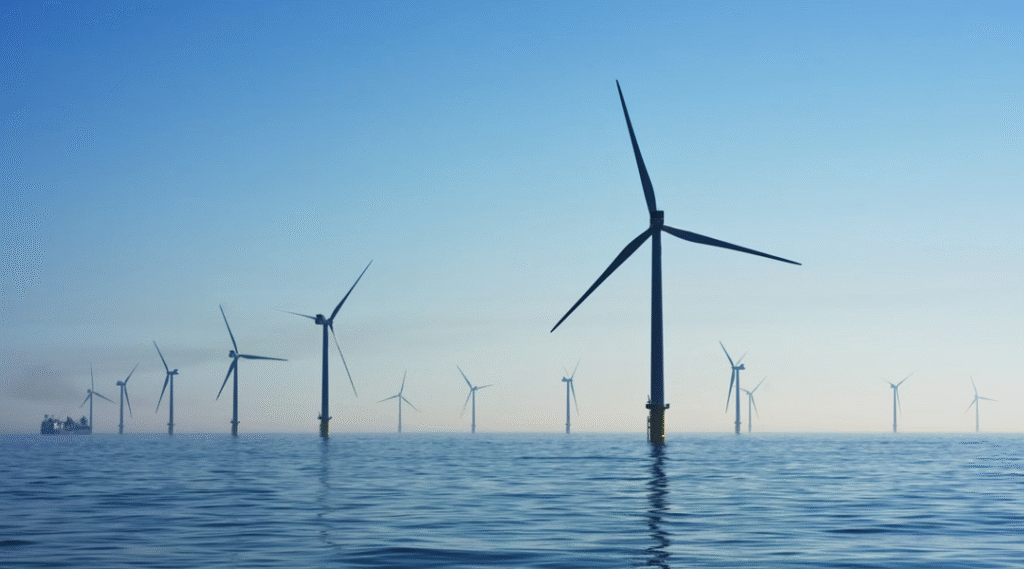As the world’s population grows and energy demand rises, building a sustainable, reliable, and resilient energy system has become a global priority. The transition to a low-carbon future requires a diverse energy portfolio, one that combines traditional energy sources, clean transitional fuels, and renewable energy. Each plays a unique and complementary role in creating a robust system that powers economies, supports communities, and protects the environment. This article explores how these three types of energy work together to form a strong energy framework for the Earth.
Traditional Energy: The Foundation of Stability and Scale
Traditional energy sources — primarily coal, oil, and natural gas — have fueled industrial development and modern life for more than a century. Their high energy density and well-established infrastructure make them indispensable for providing large-scale, reliable power, especially in developing regions or industrial sectors where alternatives are not yet fully viable.
Despite their significant greenhouse gas emissions, fossil fuels continue to be an essential part of the global energy mix. Countries with emerging economies rely heavily on coal and oil to drive growth and meet increasing electricity and transportation demands. Furthermore, traditional energy supplies offer grid stability by providing constant and controllable power, which is critical for balancing the intermittency of renewable energy sources like solar and wind.
Technological innovations have also reduced the environmental impact of traditional fuels. Cleaner coal technologies, such as ultra-supercritical boilers, improve efficiency and reduce emissions. Natural gas, which emits about 50% less CO₂ than coal when burned, has become a preferred fuel for power generation during the transition. Additionally, carbon capture and storage (CCS) technology holds promise for mitigating emissions from fossil fuel plants, although widespread deployment is still limited.
Thus, traditional energy remains the backbone that supports current energy demand while the world moves toward cleaner solutions.
Clean Energy: The Essential Bridge to a Low-Carbon Future
Clean energy includes energy sources that emit less carbon compared to traditional fossil fuels and serve as a critical bridge in the global energy transition. Natural gas, nuclear power, and certain biofuels fall into this category.
Natural gas is often described as a “bridge fuel” because it can quickly replace coal in power generation, reducing carbon emissions in the near term. Its flexibility also makes it well-suited for balancing supply and demand fluctuations caused by intermittent renewables like wind and solar.
Nuclear power is another cornerstone of clean energy. It generates massive amounts of reliable electricity without direct carbon emissions. Though concerns exist about radioactive waste and safety, advances in nuclear technology, such as small modular reactors (SMRs) and improved safety protocols, are addressing these issues and making nuclear power a viable option for many countries seeking to reduce their carbon footprint.
Bioenergy, derived from organic materials, can be a low-carbon alternative when sustainably sourced. It offers flexible applications in power, heat, and transportation sectors.
Clean energy sources enable countries to lower their greenhouse gas emissions significantly while maintaining energy security and grid reliability during the complex transition to renewables.
Renewable Energy: The Cornerstone of Sustainability
Renewable energy sources such as solar, wind, hydropower, and geothermal represent the foundation of a sustainable energy future. These sources harness natural, replenishable energy flows that do not emit greenhouse gases during operation.
In recent years, renewable energy technologies have seen remarkable advancements. Solar and wind power, once expensive and limited to niche markets, have become cost-competitive with fossil fuels in many regions worldwide. Improvements in battery storage, grid management, and forecasting technologies are addressing the intermittent nature of renewables, making them more dependable as a primary power source.
Beyond cost and technology, renewables offer societal benefits. Distributed generation systems, like rooftop solar panels and community wind farms, improve energy access in remote and underserved areas. They empower communities, reduce energy poverty, and decrease reliance on imported fuels.
Challenges remain, such as land use conflicts, resource constraints for materials, and the environmental impacts of manufacturing renewable equipment. However, ongoing research and innovation continue to mitigate these issues, solidifying renewables as the most sustainable energy path.
Creating a Resilient and Integrated Energy System
No single energy source can meet the world’s energy needs alone. A robust energy system must combine the strengths of traditional, clean, and renewable energy to ensure reliability, affordability, and sustainability.
- Traditional energy offers proven reliability and high power output that supports grid stability and economic development, especially in regions where infrastructure and technology for alternatives are not yet mature.
- Clean energy serves as a vital transition pathway, reducing carbon emissions while maintaining grid flexibility and supporting the integration of renewables.
- Renewable energy provides a long-term, sustainable solution that harnesses Earth’s natural resources to generate clean power indefinitely.
Investments in smart grid technologies, energy storage, and international energy cooperation will enhance the integration of these energy sources. Such a diversified approach helps mitigate risks related to supply disruptions, price volatility, and environmental impacts.
The future of global energy depends on the thoughtful integration of traditional, clean, and renewable energy sources. Together, they form a comprehensive and resilient system capable of meeting growing demands while reducing environmental impact. Balancing these energy types allows societies to enjoy the benefits of reliable power, economic growth, and environmental stewardship simultaneously. By embracing this holistic energy strategy, the world can build a sustainable energy future that supports human progress and preserves the planet for generations to come.
More relative articles:
Life After the Energy Runs Out: Adapting to a Post-Energy World
How AI-Based Energy Management Systems Are Reshaping the Global Energy Industry
How AI Technologies Are Powering the Future of Clean Energy
As for in-depth insight articles about AI tech, please visit our AI Tech Category here.
As for in-depth insight articles about Auto Tech, please visit our Auto Tech Category here.
As for in-depth insight articles about Smart IoT, please visit our Smart IoT Category here.
As for in-depth insight articles about Energy, please visit our Energy Category here.
If you want to save time for high-quality reading, please visit our Editors’ Pick here.



